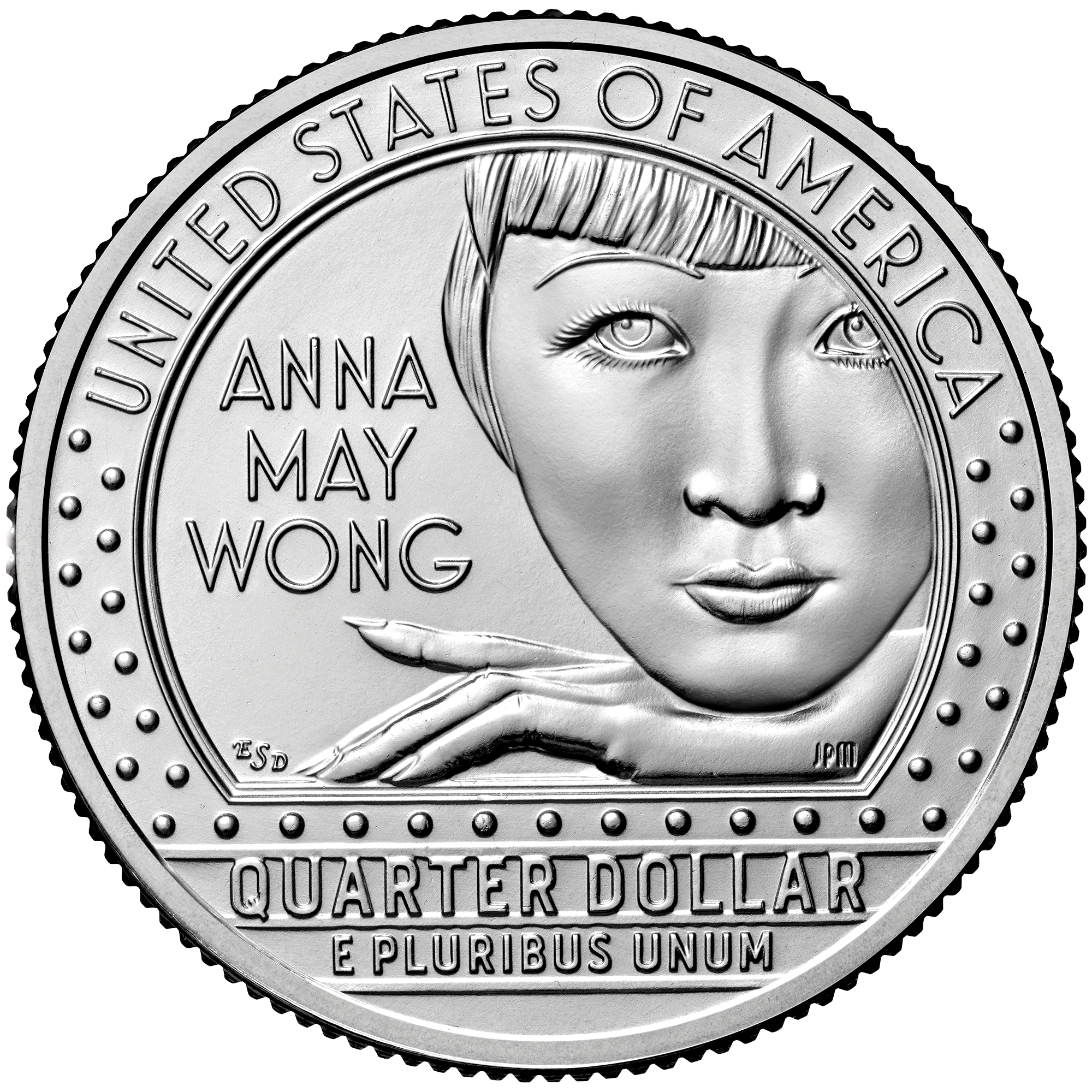Wong, Anna May (1905-1961), was a Chinese American actress. She became famous during the early years of the American motion-picture industry. During her lifetime, Wong was one of few Asian American performers who achieved widespread success. She eventually grew disappointed with the limited roles offered to her. She also became an outspoken critic of the casting of white performers as Asian characters.

Wong starred in the 1923 film Toll of the Sea, the first widely released feature film made in Technicolor. Before Technicolor, films were either black and white, or colored by hand. In Toll of the Sea, Wong played the romantic lead, a role that brought her new fame. However, her stardom began to strain her family life, as photographers and fans showed up at the family laundry to see her. Wong’s family was further upset by her role as an untrustworthy “Mongol slave” in The Thief of Bagdad (1924).
By the late 1920’s, Wong had grown disappointed with Hollywood. She was consistently offered roles as enslaved people, temptresses, and villains. In contrast, sympathetic leading roles were often reserved for white performers. Even leading Asian characters were often played by better-known white actors made up to look Asian. In The Crimson City (1928), for example, Wong played a supporting role to lead actress Myrna Loy, a white woman made up to look Asian. Wong moved to Europe in hopes of finding more realistic roles. There, she learned to speak French, German, and Italian. In 1929, Wong starred alongside the British actor Laurence Olivier in the play A Circle of Chalk in London.
In 1931, Wong starred as the lead in the Broadway play On the Spot. The role led to Wong’s return to Hollywood, with Daughter of the Dragon (1931) and Shanghai Express (1932). Both films offered the type of Asian villain role that Wong had sought to escape. However, Shanghai Express allowed for a more nuanced performance. In it, Wong plays Hui Fei, a prostitute (sex worker) and an ally of a Chinese warlord who later betrays him.
Despite the acclaim she received for Shanghai Express, Wong continued to be offered disappointing roles. For example, producers wanted Wong to play a dancer called Lotus in the film The Good Earth (1937). But Wong wanted to play O-Lan, a leading Chinese character. The German actress Luise Rainer went on to win an Academy Award for portraying O-Lan.
In 1936, Wong left Hollywood again, this time for China. In China, she was criticized for her early film roles and for being too western for Chinese audiences. After Wong returned to the United States, filmmakers were more interested in hiring her to coach white actors playing Asian characters. In 1942, Wong retired from acting in movies.
During the 1950’s, Wong acted in television shows. In the TV series “The Gallery of Madame Liu Tsong” (1951), she played an art gallery owner who solved crimes. In 1960, she returned to motion pictures, playing a housekeeper in Portrait in Black. The same year, she was given a star on Hollywood’s Walk of Fame, a series of bronze stars set in the sidewalk and named for celebrities. Wong died on Feb. 3, 1961, from a heart attack.
The Chinese American actress Michelle Krusiec played Wong in the television miniseries Hollywood (2020). In 2022, the United States Mint issued a commemorative quarter featuring Wong’s image. She became the first Asian American to appear on U.S. currency.

